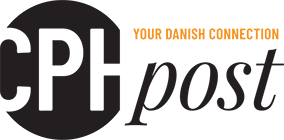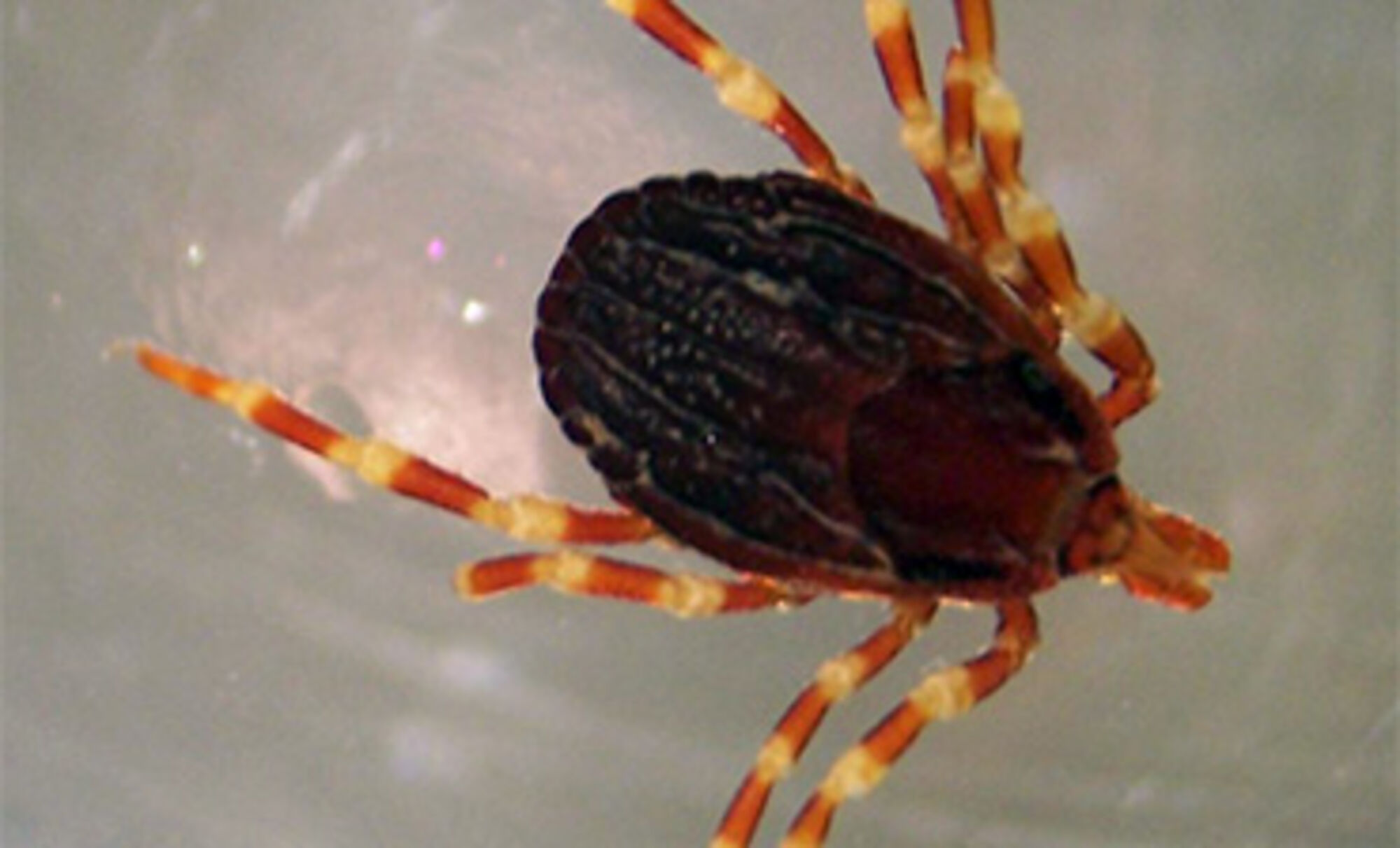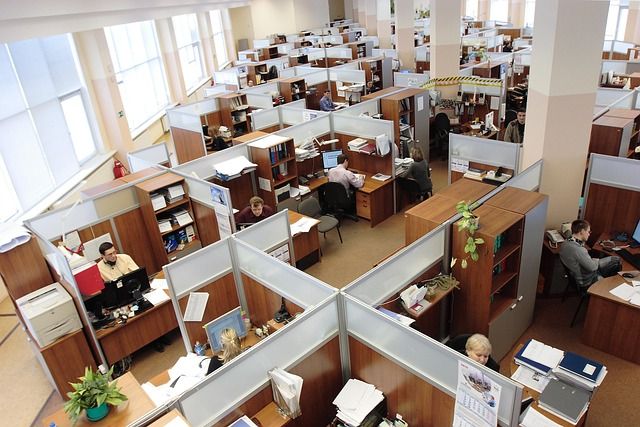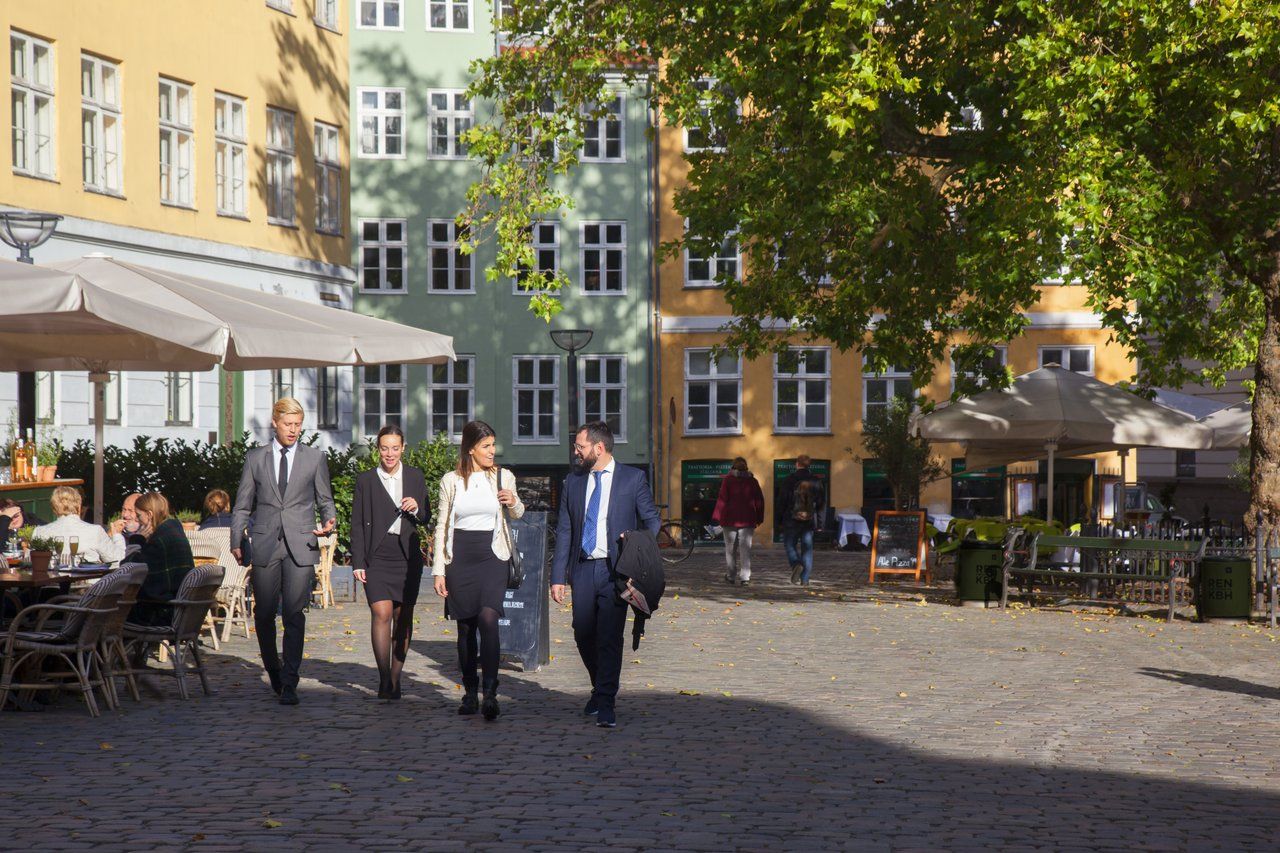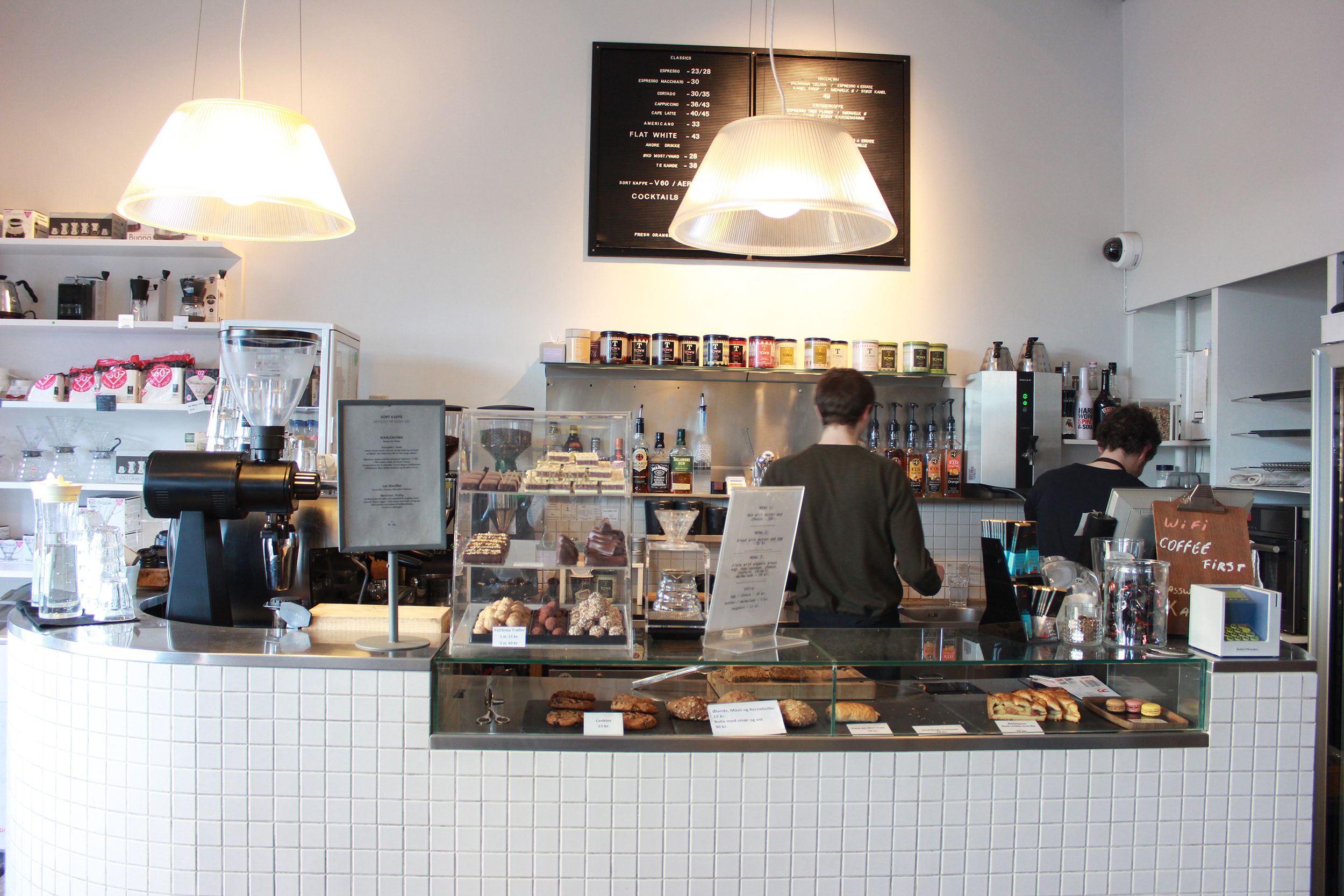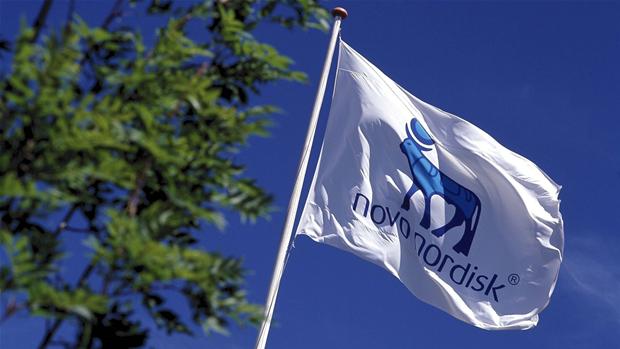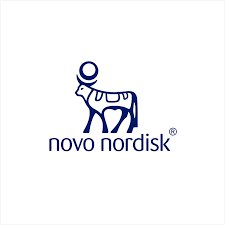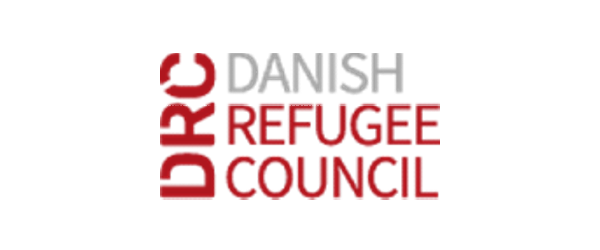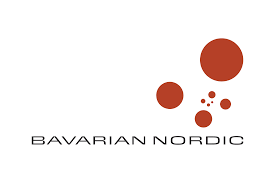Some sibling pairings are more successful than others. There’s the Brothers Grimm of course, and director Christopher Nolan and his brother Jonathan, who co-wrote the recent Batman films. And then there’s Jerry and David Zucker, who peaked with ‘Airplane’ and ‘Naked Gun’, before parting company to watch their respective careers nosedive.
The Siblings Hammer
But rarely do you hear about a brother and sister writing team, even though mixed gender authorship is definitely on the increase, like Søren and Lotte Hammer Jacobensen from Frederiksværk in the northern Zealand region of Halsnæs, who recently released their fourth crime novel, and also their first book in English: ‘The Hanging’
They share an illustrious middle name that for several decades was a guarantee of chilling cinematic horror. So it is fitting to discover that they share a fondness for the dark side and making their audience leap out of their chairs in excitement.
The Hammers grew up in a rather modest flat in the affluent Copenhagen suburb of Charlottenlund during the late 1950s and 60s. Theirs was a simple and ordinary childhood of family evenings, no television, and lots of reading.
“We were different to any other family I have ever known,” recalled Lotte. “Our father liked Danish literature and would read aloud to us every night. He loved reading. He read for a whole evening. Our mother would listen too. And as Søren got older, he would wait until our father had finished with his reading and only then go out with his friends.”
Separate at birth
After school, Lotte and Søren left home to pursue separate educations as a nurse and teacher respectively. Lotte then worked abroad, and for many years letters were their main means of communication.
“I lived abroad for many years and Søren wrote me letters,” said Lotte. “I loved those letters because first of all he is an excellent writer, but most of all they were very funny. His letters had a really subtle type of humour. I think it’s one of the things we have in common.”
Genetically they could not be more different. “From our appearance we are different and also in the way we choose to live,” said Lotte. “We are not actually siblings you see. We were adopted. So we do not have any genes in common. But of course we have had the same upbringing.”
“I have very simple interests: football and reading,” added Søren. “I am not interested in art at all. No, no, that’s Lotte.”
Tales of the unexpected
Now on their fourth novel, their writing has matured to become smoother than a 12-year-old whiskey, and the twists and turns in their plotting are as shocking as going through a trawler’s net of fishes and discovering a headless corpse!
“I must say the books are getting better and better. We are learning all the time. We can feel it ourselves,” said Lotte. Søren attributes the popularity of their books to their commitment to fulfill the readers’ expectations. “You make an agreement with the readers. They know when they buy your book that there are some things they can expect. This agreement becomes a framework for the writer.”
One element expected by the readers is subtlety, and the pair oblige with plenty of hidden content. In their first novel in 2010, ‘Svinehunde’ (‘The Hanging’), allusions are regularly made to evil goddesses of Greek mythology. In ‘Alting har sin pris’ all the victims have the same first name as each of Jack the Rippers victims, while ‘Ensomme hjerters klub’ is influenced by the Beatles album ‘Sgt Pepper’s Lonely Hearts Club Band’. Each of its 13 chapters includes lyrics from one of the 13 songs from the album.
“People ask us why we do that and Søren answers because we want to appear a little more intellectual than we really are,” said Lotte with a mischievous smile.
Inspired by their environment
Lotte moved to Frederiksværk 18 years ago, and Søren moved in with his sister some years later to work at the local school. The post-industrial town once known for its mighty steel industry seems to have stimulated their creativity. Only two days after moving in, Søren approached Lotte and suggested that they write a book together.
“I heard a lot of things about Halsnæs,” revealed Lotte. “When I moved here I loved it from day one. I like this working community. We have been surprised at how some of the writers we have met are so sure of themselves, but no-one behaves like that here. No-one asks us questions, which really mean “the worse you are doing the better I am.” No-one cares about our writing. Of course, they know we do it. For us, Halsnæs is like a comfort zone. And we really appreciate the people not being snobs.”
With four books in as many years, there is no stopping the Hammers, athough they had already completed three of them by the time the first was published.
“We have fun doing it which is the main thing,” said Lotte. “Søren is a firework of ideas. I do not know how he does it, but they come up all the time, so I doubt we will ever run out of ideas”
“In some ways your best book is your next book and that’s the way it should be,” added Søren.
A longer version of this article originally appeared in Danish within the Halsnæs Avis. To find out more, contact David Albert at daawi@halsnaes.dk.
